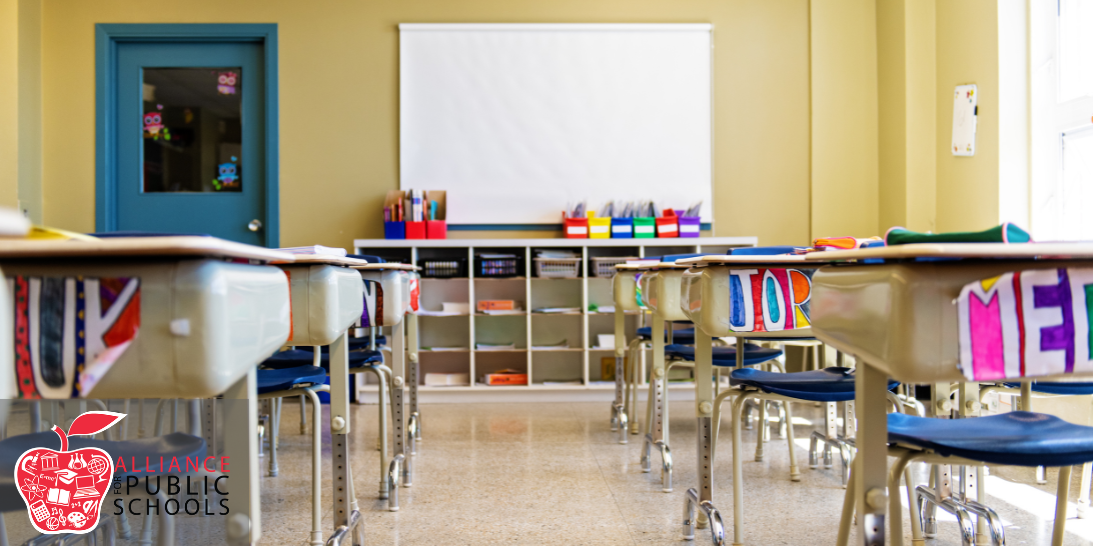As schools open around the country, many districts face unfilled teaching and support professional positions. The state of Florida has an estimated 8,000 open teaching positions. Nationwide, there are at least 280,000 fewer public school teachers than there were before the pandemic, according to the Bureau of Labor Statistics.
Superintendent Jesus Jara of Clark County Nevada Public Schools said in a CNN interview that his district has an all hands on deck approach to their 1,400 job vacancies, “We are at 92% staff in our classrooms. Every licensed educator in our central office will be in our schools.” He noted, “Our teachers are tired but they show up every day. This is not the private sector; we can’t cancel flights. We will teach the children when they show up.”
What are the solutions?
States are trying a variety of short term fixes and controversial schemes to entice educators to the classroom. The Florida Legislature raised salaries for beginning teachers but the state remains 48th in the nation in teacher pay. To help fill the 8,000 vacancies, Florida Gov. Ron DeSantis recently signed a new bill that would allow military veterans to teach with no degree or teaching experience.
CBS recently reported, Dallas, Texas, is offering as much as $3,500 to recruit and retain teachers. In California, a school district is providing below market-rate apartments to teachers.
Still, three out of four educators surveyed would not recommend the job to others, according to the American Federation of Teachers, the nation’s second largest education union.
“Teachers are twice as much, have twice as much stress as other workers in the workplace,” Randi Weingarten, president of the union, told CBS News. “So, yeah, teachers are burnt out.”
“Our teachers are tired but they show up every day. This is not the private sector; we can’t cancel flights. We will teach the children when they show up.” -Superintendent Jesus Jara
But the data shows schools have been struggling to hang onto teachers for decades, with under-resourced areas impacted the most.
When asked which schools suffer the most, Dan Goldhaber, vice president of American Institutes for Research, said it’s “typically schools serving high poverty students and schools that are rural and relatively far away from teacher education programs.”
Superintendent Jara agrees and said, “The problem is not going away. We need to look at how we get more young adults into our schools of education so they can become teachers that really change lives.”







